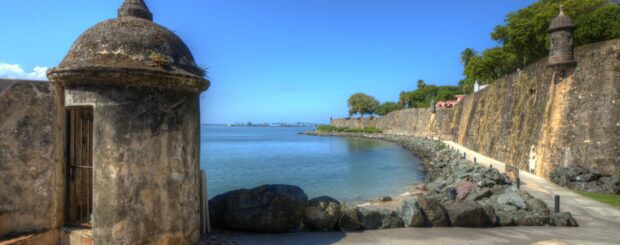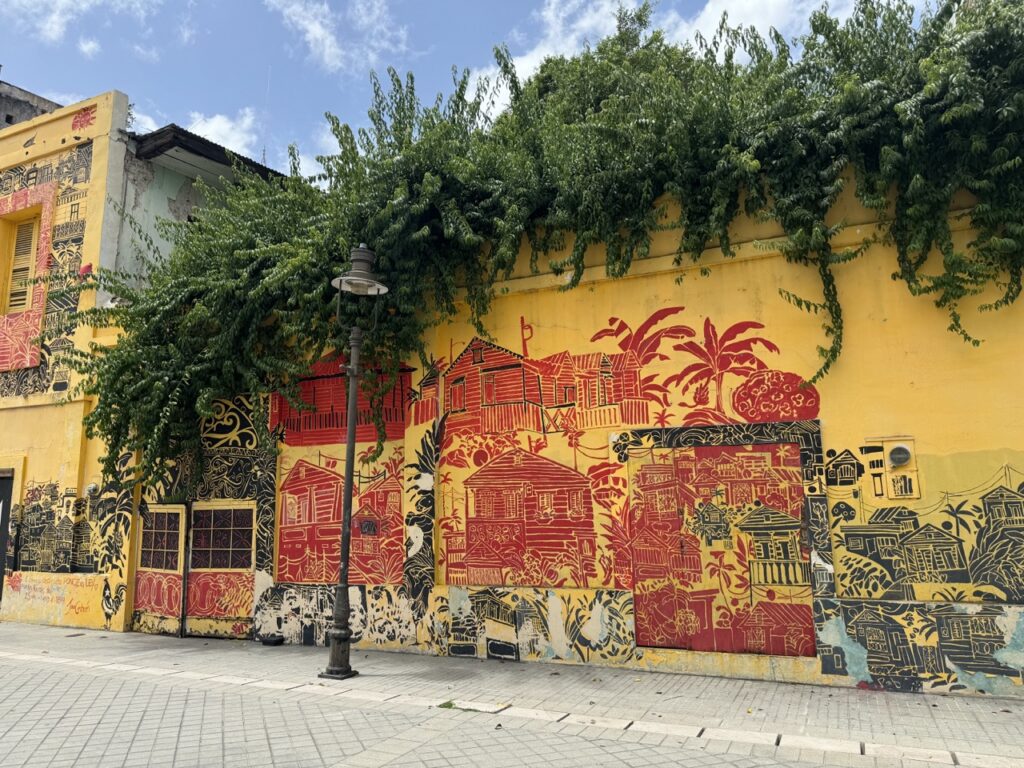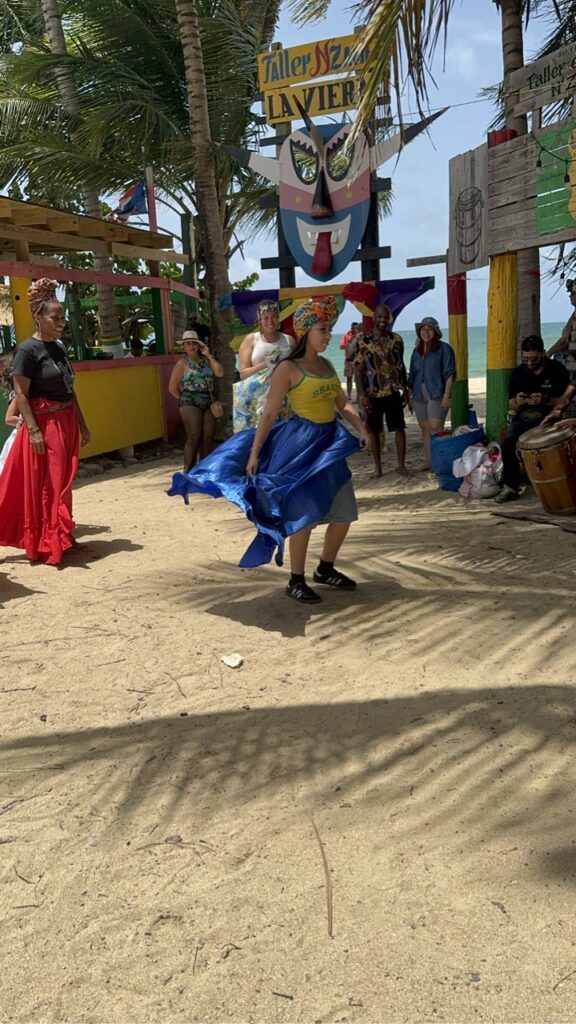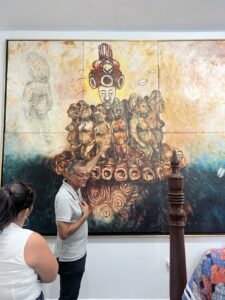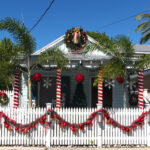Exploring the Rich History and Culture of Puerto Rico
Puerto Rico, often referred to as the “Island of Enchantment,” is a treasure trove of rich history and vibrant culture. A unique blend of Spanish, African, and indigenous Taíno influences, the island offers a fascinating tapestry of traditions, architecture, music, and cuisine. Understanding Puerto Rico’s past and cultural evolution enhances any travel experience, providing deeper insights into its present-day charm.
A Glimpse into Puerto Rico’s Colonial Past
Old San Juan: Begin your journey in Old San Juan, a UNESCO World Heritage Site, renowned for its colorful colonial buildings and cobblestone streets. This historic district is home to several key landmarks:
- Castillo San Felipe del Morro: This iconic fortress, commonly known as El Morro, was built in the 16th century to protect the island from sea attacks. Explore its ramparts, barracks, and dungeons, and enjoy panoramic views of the Atlantic Ocean.
- Castillo de San Cristóbal: Another impressive fortification, San Cristóbal is the largest Spanish fort in the New World. Learn about its intricate defense system and stroll through its extensive grounds.
- San Juan Cathedral: Officially known as Catedral de San Juan Bautista, this is one of the oldest buildings in San Juan. Its stunning architecture and serene interior make it a must-visit.
- Paseo de la Princesa: This picturesque promenade, dating back to 1853, offers scenic views, historical sculptures, and a delightful walk along the old city walls.
Museums Showcasing Puerto Rican Heritage
Museo de Las Américas: Located in the historic Cuartel de Ballajá, this museum highlights the cultural diversity of the Americas, focusing on Puerto Rico’s indigenous, African, and Spanish heritage. Exhibits include artifacts, art, and historical documents that tell the story of the island’s multicultural roots.
Museo de Arte de Puerto Rico: Situated in Santurce, this museum houses an extensive collection of Puerto Rican art from the 17th century to the present. Visitors can explore various galleries showcasing traditional and contemporary works, as well as beautiful sculptures and gardens.
Museo de Arte Contemporáneo: This museum, also in Santurce, is dedicated to contemporary Puerto Rican art. It features rotating exhibits of modern paintings, sculptures, and installations, reflecting the dynamic and evolving cultural landscape of the island.
Indigenous Taíno Culture
Caguana Indigenous Ceremonial Park: Located in Utuado, this archaeological site is one of the most important pre-Columbian sites in the Caribbean. It features well-preserved ceremonial plazas, petroglyphs, and artifacts that provide insight into the Taíno people, the island’s original inhabitants.
Centro Ceremonial Indígena de Tibes: Situated in Ponce, this site dates back to 25 AD and offers a glimpse into the early Taíno culture. The museum and archaeological site include reconstructed ceremonial plazas, artifacts, and informative exhibits about the Taíno way of life.
African Influence in Puerto Rican Culture
Loíza: Known as the heart of Afro-Puerto Rican culture, Loíza is famous for its vibrant traditions, music, and festivals. Visit during the Festival of Santiago Apóstol to experience lively parades, bomba and plena music, and traditional dances.
Bomba and Plena Music: These traditional music genres, rooted in African rhythms, are an integral part of Puerto Rican culture. Attend a live performance or take a dance workshop to immerse yourself in these energetic and soulful musical styles.
Museo de la Música Puertorriqueña: Located in Ponce, this museum showcases the development of Puerto Rican music, highlighting African influences. Exhibits include traditional instruments, costumes, and recordings that trace the evolution of the island’s musical heritage.
Festivals and Cultural Events
San Sebastián Street Festival: Held every January in Old San Juan, this festival is one of the island’s largest and most popular events. It features live music, dancing, crafts, food vendors, and a festive atmosphere that celebrates Puerto Rican culture.
Fiestas de la Calle San Sebastián: Also known as SanSe, this festival marks the end of the Christmas season with parades, music, and cultural activities. It’s a lively celebration that attracts thousands of visitors and locals alike.
La Campechada: This annual festival honors Puerto Rican artists and cultural figures through art exhibitions, performances, and workshops. It’s a great opportunity to engage with local artists and learn about the island’s artistic heritage.
Culinary Heritage
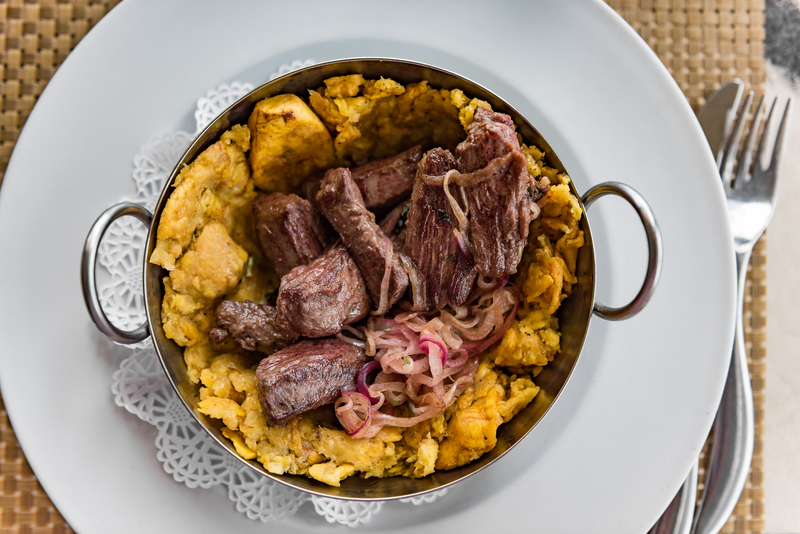 Traditional Dishes: Puerto Rican cuisine is a delicious fusion of Taíno, Spanish, and African flavors. Don’t miss trying mofongo (mashed plantains with garlic and pork cracklings), arroz con gandules (rice with pigeon peas), and pasteles (savory pastries wrapped in banana leaves).
Traditional Dishes: Puerto Rican cuisine is a delicious fusion of Taíno, Spanish, and African flavors. Don’t miss trying mofongo (mashed plantains with garlic and pork cracklings), arroz con gandules (rice with pigeon peas), and pasteles (savory pastries wrapped in banana leaves).
Rum and Coffee: Puerto Rico is famous for its rum and coffee industries. Take a tour of a rum distillery, such as Casa Bacardí, to learn about the production process and sample different varieties. Visit a coffee plantation in the mountains to see how coffee is grown and processed, and taste some of the best coffee in the world.
Conclusion
Exploring Puerto Rico’s rich history and culture offers a deeper appreciation for this enchanting island. From its colonial past and indigenous heritage to African influences and vibrant festivals, Puerto Rico is a captivating destination that promises a memorable and enriching travel experience. Embrace the opportunity to delve into its history, engage with its culture, and enjoy the warm hospitality of its people.
Interested in Our Putting Together a Trip to Puerto Rico for you? Please reach out to us.

